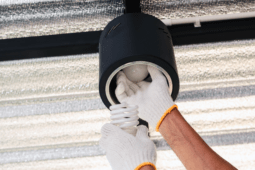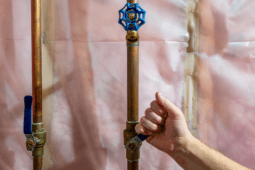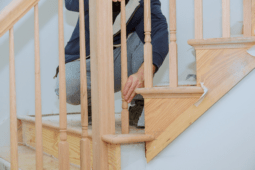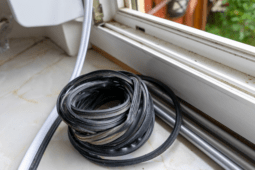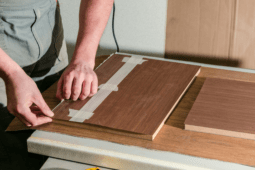How to Build Sturdy and Stylish Stairs for a Deck
Building stairs for a deck can seem like a daunting task, but with the right tools and instructions, it becomes a manageable DIY project. Learning how to build stairs for a deck not only enhances the aesthetic appeal of your outdoor space but also provides safe and easy access. Before you begin, it’s important to understand the basics, including the materials you’ll need, the dimensions to consider, and the structural requirements to ensure the stairs are both safe and durable.
This step-by-step guide will walk you through the entire process of building stairs for a deck, from planning and measuring to the final touches.
Understanding the Basics of Stair Construction
Before you dive into the nitty-gritty of how to build stairs for a deck, it’s essential to grasp the fundamental components of stair construction. Deck stairs typically consist of three main parts: stringers, treads, and risers.
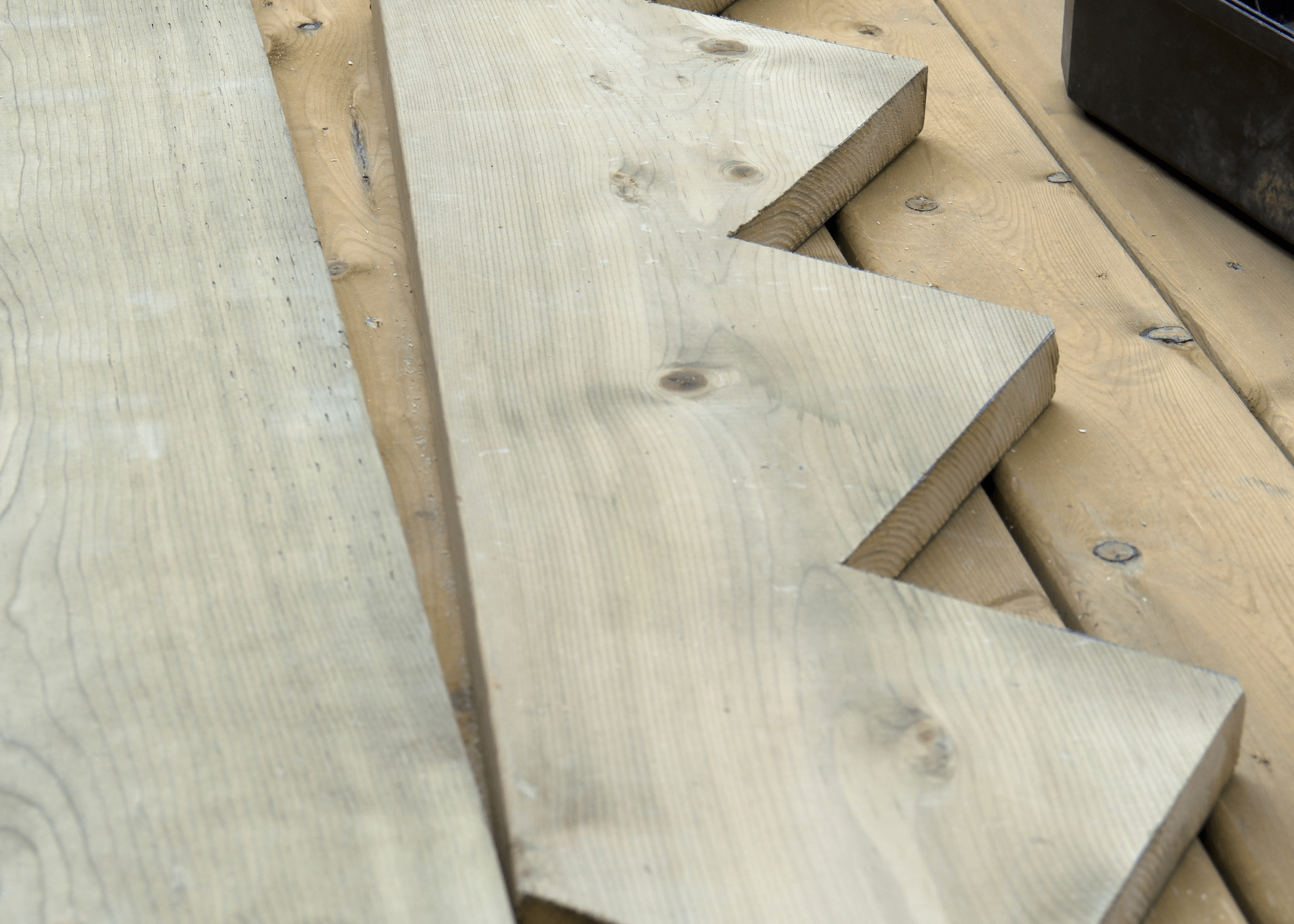
Stringers are the diagonal boards that support the steps, treads are the horizontal parts where you step, and risers are the vertical parts that connect each tread. Knowing the role of each component helps in understanding how to build stairs for a deck more effectively.
Planning and Measuring Your Deck Stairs
One of the first steps in building stairs for a deck is precise planning and measurement. Begin by measuring the vertical height from the top of the deck to the ground. This measurement, known as the total rise, will help you determine the number of steps needed.
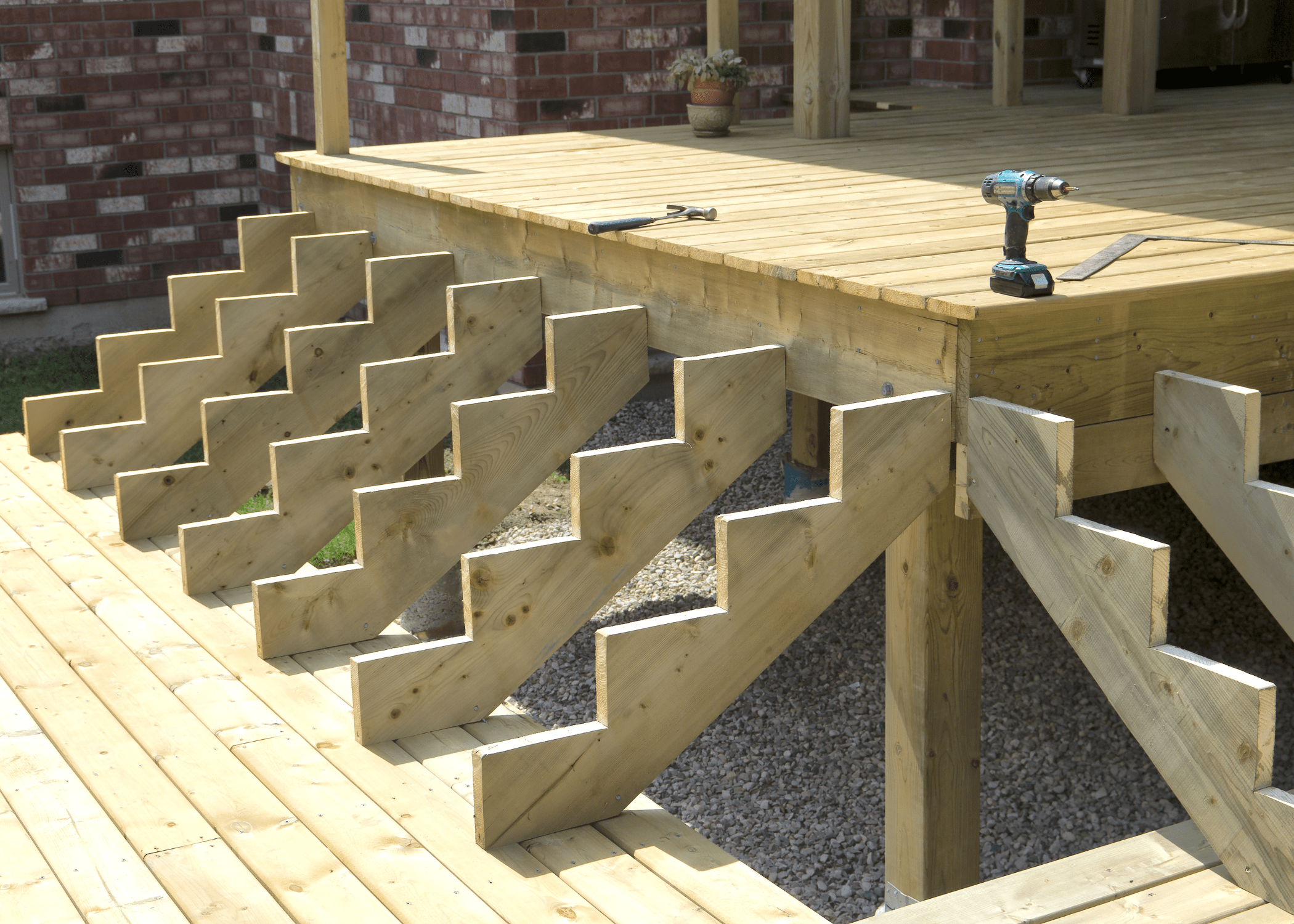
Divide the total rise by a comfortable step height, usually around 7 inches, to find the number of steps. Next, measure the horizontal distance the stairs will cover, known as the total run. This planning phase is crucial to ensure your deck stairs are both functional and comfortable to use.
Selecting Materials for Your Deck Stairs
Choosing the right materials is a key aspect of how to build stairs for a deck. Typically, pressure-treated wood is a popular choice due to its durability and resistance to rot. However, composite materials and metal options are also available and offer different aesthetic and maintenance benefits.
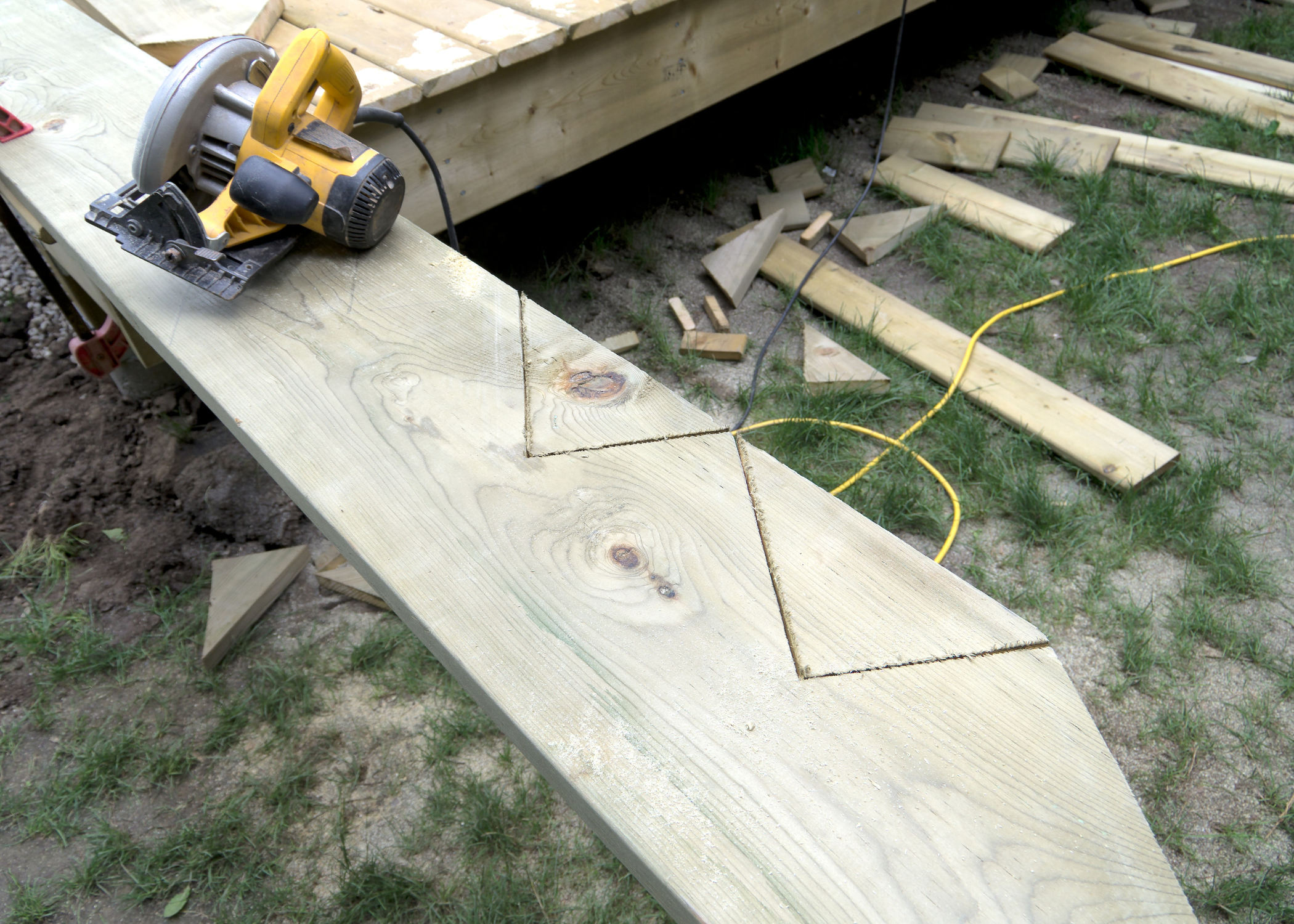
Ensure that the materials you select are suitable for outdoor use and can withstand varying weather conditions. The quality of the materials you choose will directly affect the longevity and safety of your deck stairs.
Cutting and Installing the Stringers
Cutting the stringers accurately is a crucial step in building deck stairs. Using your measurements for rise and run, mark the stringers on a piece of lumber. A carpenter’s square can help ensure the angles are precise.
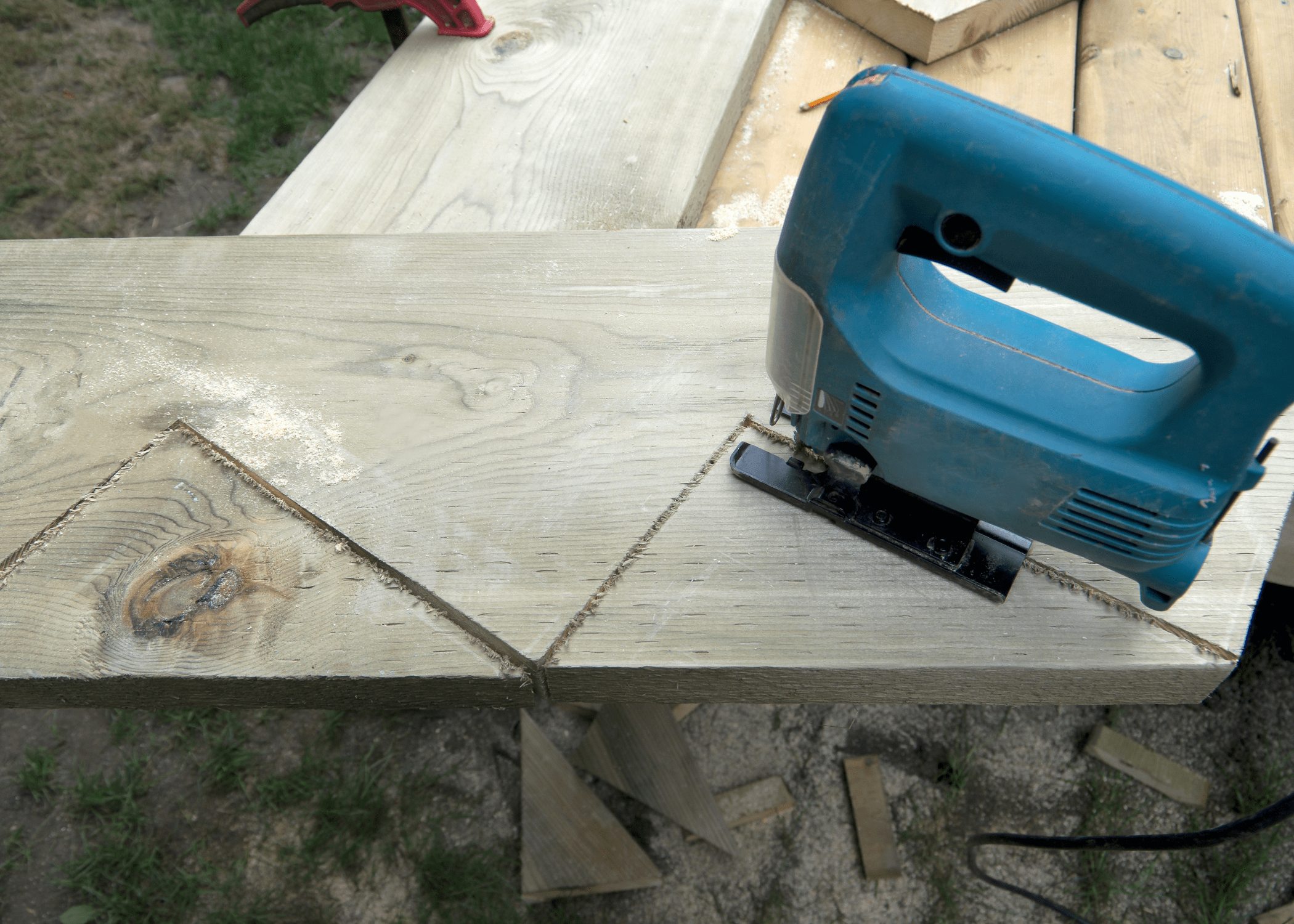
Once marked, carefully cut along the lines. Install the stringers by attaching them to the deck frame with brackets or screws, ensuring they are level and securely fastened. Proper installation of stringers is vital for the stability of the entire staircase.
Attaching Treads and Risers
After the stringers are securely in place, the next step in how to build stairs for a deck is attaching the treads and risers. Start by cutting the treads and risers to the appropriate width. Attach the risers to the vertical part of the stringers first, then screw the treads onto the horizontal part.
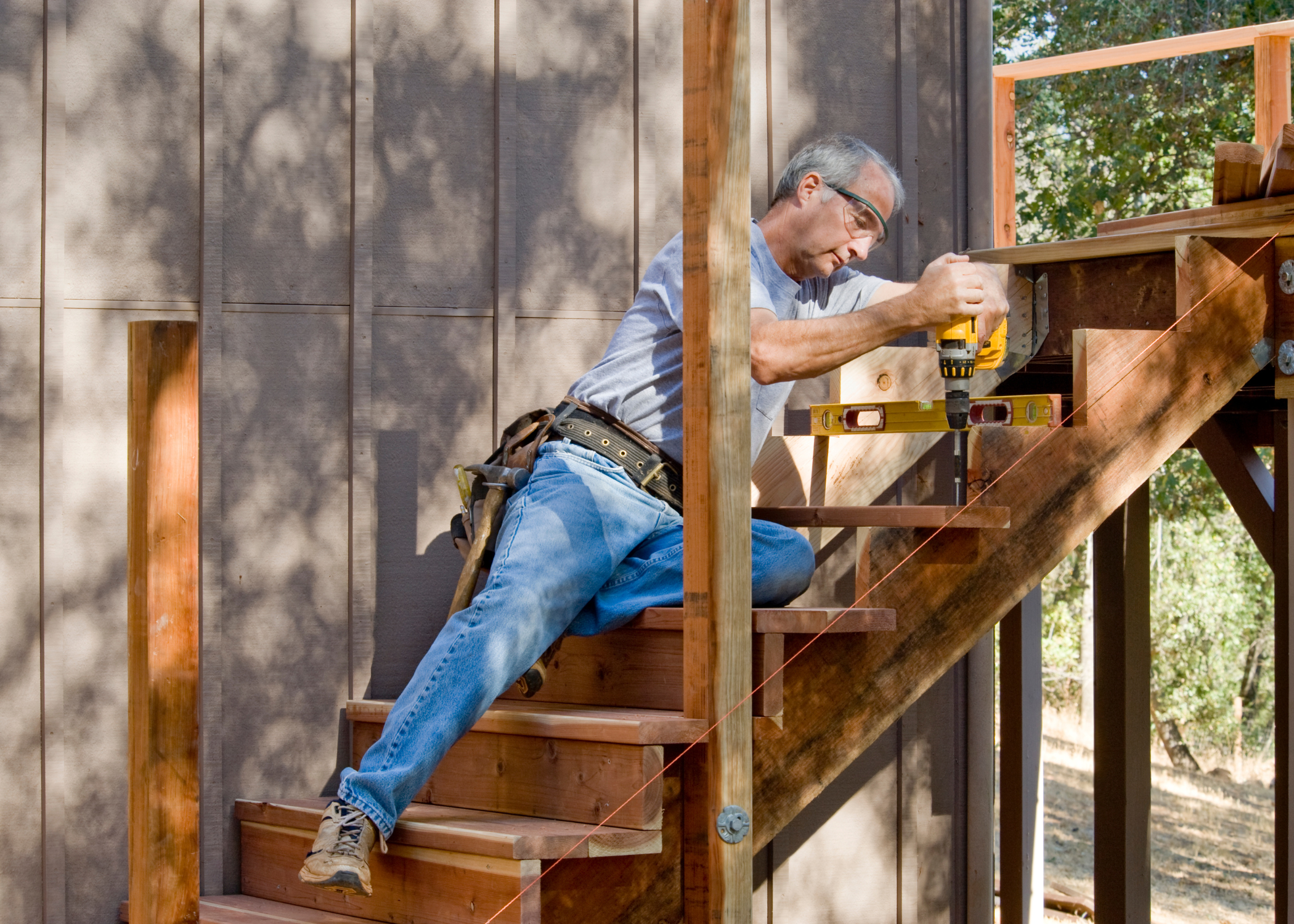
Ensure each tread is level and securely fastened. Double-check the alignment and spacing to maintain uniformity and safety. Proper attachment of treads and risers completes the basic structure of your deck stairs.
Adding Finishing Touches to Your Deck Stairs
The final step in how to build stairs for a deck is adding the finishing touches. Consider installing railings for added safety, especially if the stairs are steep or high. Sand down any rough edges and apply a weather-resistant sealant or paint to protect the wood.
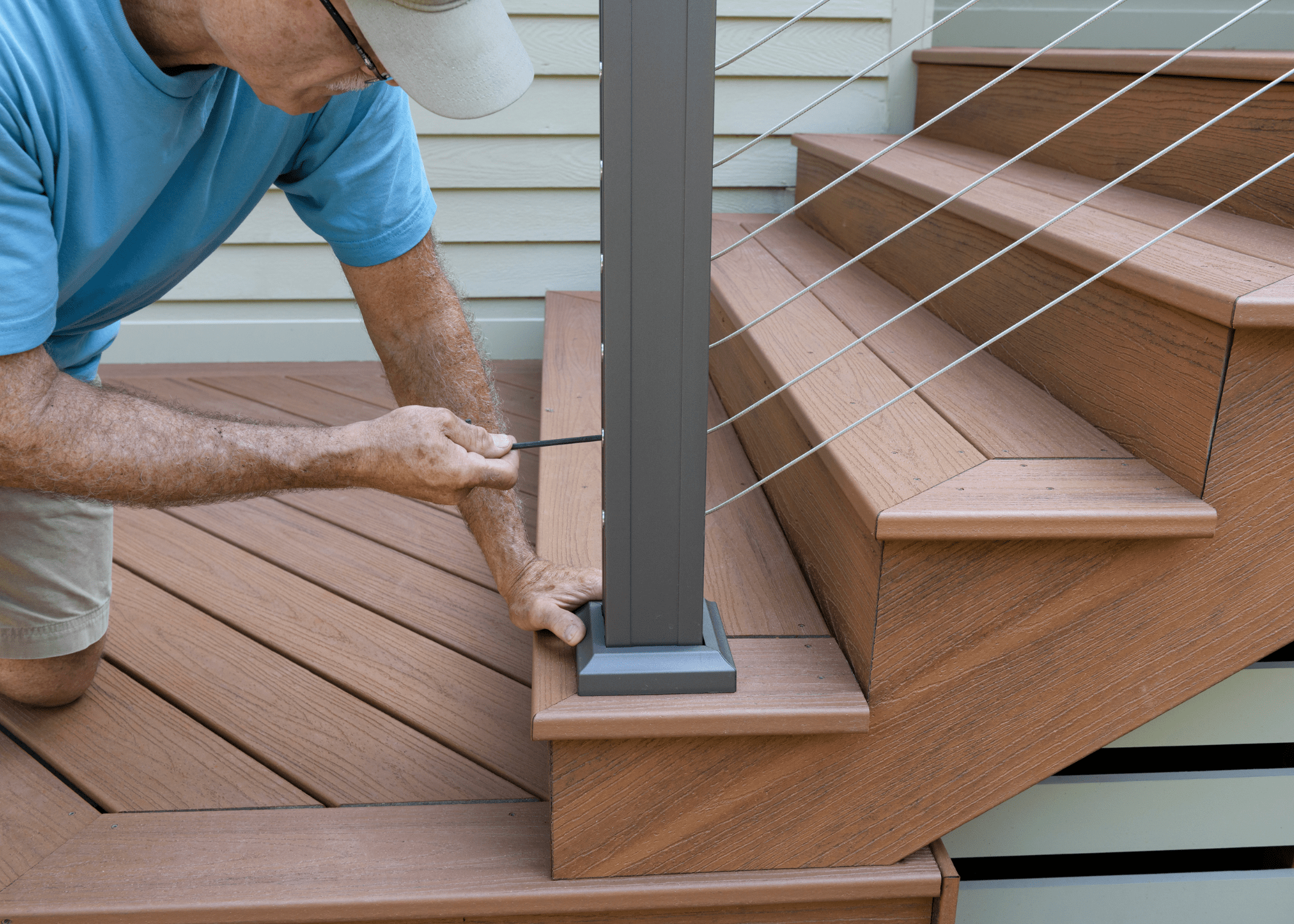
These final details not only enhance the appearance of your deck stairs but also ensure they are safe and durable for long-term use. Regular maintenance, such as checking for loose screws and reapplying sealant, will keep your deck stairs in top condition.
Related Articles
- How to Stain a Wooden Deck [With 10 Quick Tips For You!]
- Easy to Follow Steps for How to Build a Wooden Ramp
- Simple Methods for How to Tell if Wood is Pressure Treated
By following these steps on how to build stairs for a deck, you can create a safe and attractive addition to your outdoor living space. Embrace this opportunity to tackle a truly rewarding DIY home project and feel free to check out other DIY projects that you might also enjoy trying out.
Frequently Asked Questions (FAQs)
How steep should deck stairs be?
The ideal slope for deck stairs is typically between 30 to 45 degrees. This provides a balance between comfort and safety.
What is the best wood to use for deck stairs?
Pressure-treated wood is commonly used due to its durability and resistance to rot. However, composite materials and cedar are also good options.
How do I calculate the number of steps needed for my deck stairs?
Measure the total rise (height from the deck to the ground) and divide by the desired step height, usually around 7 inches.
Do I need a permit to build deck stairs?
Permit requirements vary by location. Check with your local building authority to ensure compliance with regulations.
Can I build deck stairs without risers?
Yes, stairs without risers, also known as open riser stairs, are an option. However, they may not be suitable for all situations, especially where safety and building codes are concerned.

